Chery successfully listed on the Hong Kong Stock Exchange, which may accelerate its globalization in the future?
 JamesSep 26, 2025, 04:14 PM
JamesSep 26, 2025, 04:14 PM
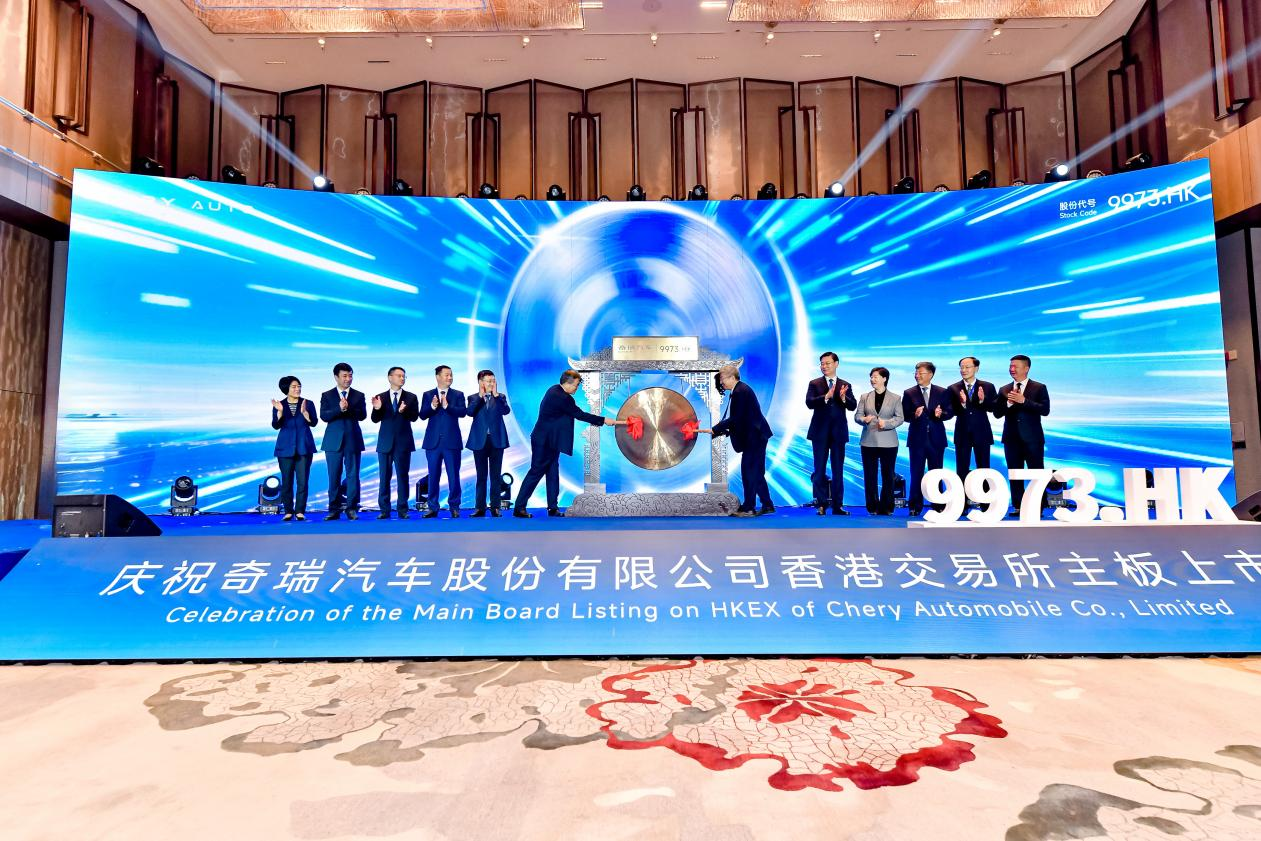
[PCauto] Chery Automobile has successfully debuted on the main board of the Hong Kong Stock Exchange under the stock code 9973.HK. The IPO, priced at the top of the range at HKD 30.75 per share, involved the global issuance of 297 million H shares, raising gross proceeds of approximately HKD 91.4 billion. This makes it the largest auto maker IPO on the Hong Kong market this year.
For this 28-year-old leading domestic independent automotive group, which was the last unlisted one among its peers, this is not only a breakthrough at the capital level but also marks an acceleration of its globalization strategy.
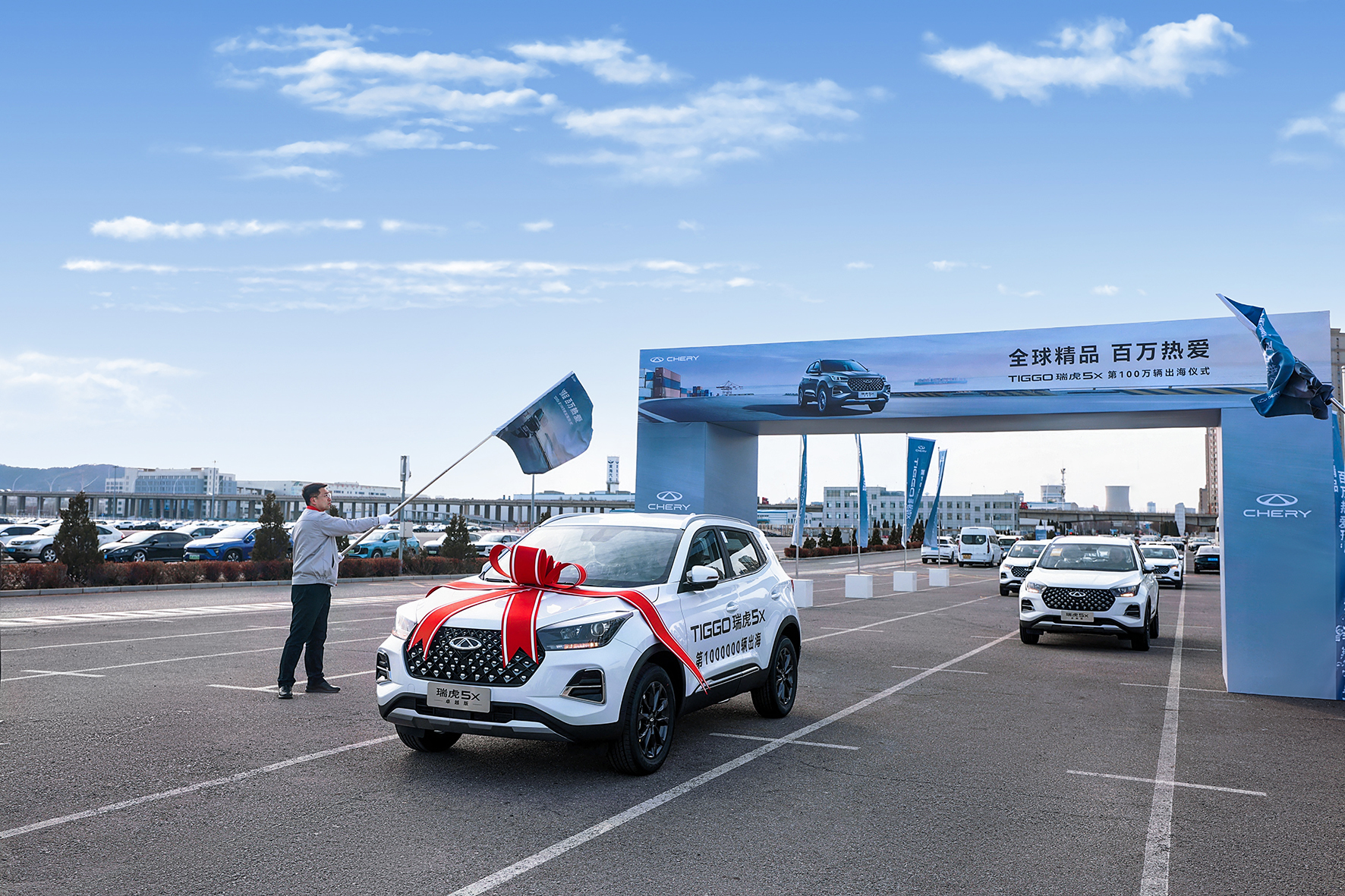
Why did Chery choose to list in Hong Kong?
As a core asset of Chery Holding Group, a state-owned enterprise under the Anhui provincial government, Chery's path to an Initial Public Offering (IPO) mirrors the global ambitions of Chinese automotive manufacturers.
Unlike its peers such as BYD and Geely, which are already listed on the A-share or Hong Kong markets, Chery found its journey to the capital market delayed for years. This was primarily due to historical complexities in its equity structure and the constraints typical of state-owned enterprise mechanisms.
Although shareholding reforms were initiated by the Anhui provincial government as early as 2004, it was not until 2025—after its application process reached a critical milestone—that Chery finally achieved its listing goal. Opting for the Hong Kong exchange is a strategic decision that aligns perfectly with Chery's overarching objective of expanding its global footprint.
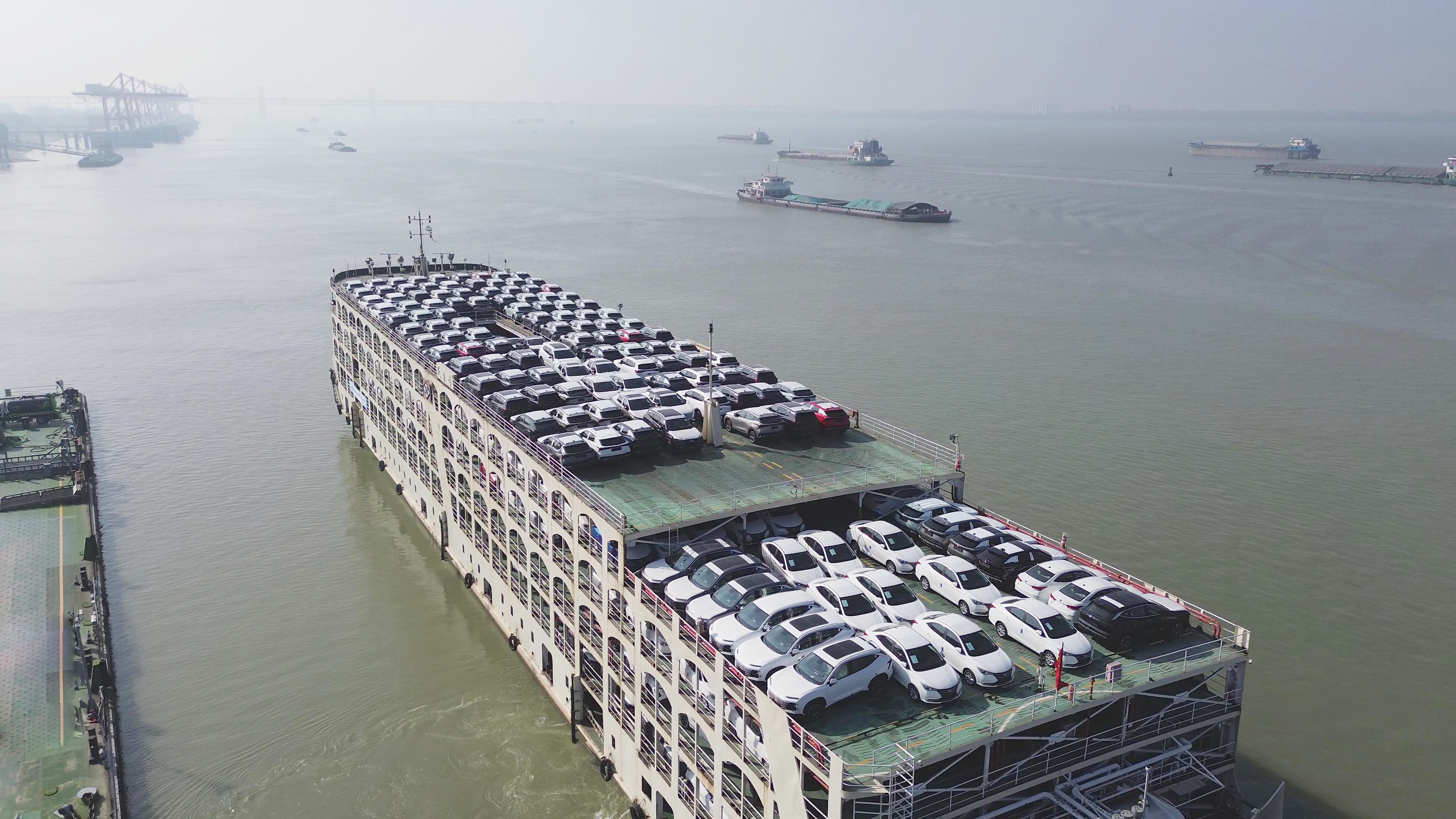
Hong Kong's position as the world's third-largest financial center, characterized by its highly open capital market and diverse international investor base, offers significant advantages for Chery's strategic goals.
Despite evolving into the world's eleventh-largest passenger car manufacturer over the past two decades, with sales reaching 2.6 million units in 2024, Chery continues to face challenges in scaling its overseas business, particularly regarding capital access, technology localization, and brand influence.
Firstly, the expansion of overseas production capacity and the transition to electrification require substantial and sustained capital investment. Given that Chery's asset-liability ratio remained above 87% between 2022 and 2024, raising capital through a Hong Kong listing can provide crucial funds to bridge this gap.
Secondly, the localization of advanced technologies, such as smart driving systems and battery solutions, demands access to global expertise. Hong Kong's capital platform can serve as a vital conduit to connect Chery with international technical resources and supply chains.
Thirdly, while Chery has established itself as the leading Chinese automotive brand in several Global South markets, including Russia and the Middle East, it encounters significant brand recognition barriers in developed markets. The international profile and credibility gained from a Hong Kong listing can enhance its trustworthiness among overseas consumers, dealers, and government bodies.

Therefore, Chery's listing on the Hong Kong Stock Exchange is not just for the sake of listing, but to bind capital internationalization with business globalization. Leveraging Hong Kong's financial advantages, it aims to upgrade from simply exporting products to globalizing capital, technology, and branding.
Before the IPO, Chery had been engaged in export business for over 20 years
Since its first export to the Middle East in 2001, Chery has long established a complete system of research and development, production, and sales overseas: with 10 global production bases covering countries like Brazil, Mexico, and Russia, Chery's cumulative overseas sales exceed 13 million vehicles, making it the only Chinese automaker to "maintain the number one passenger car exporter for 22 consecutive years."
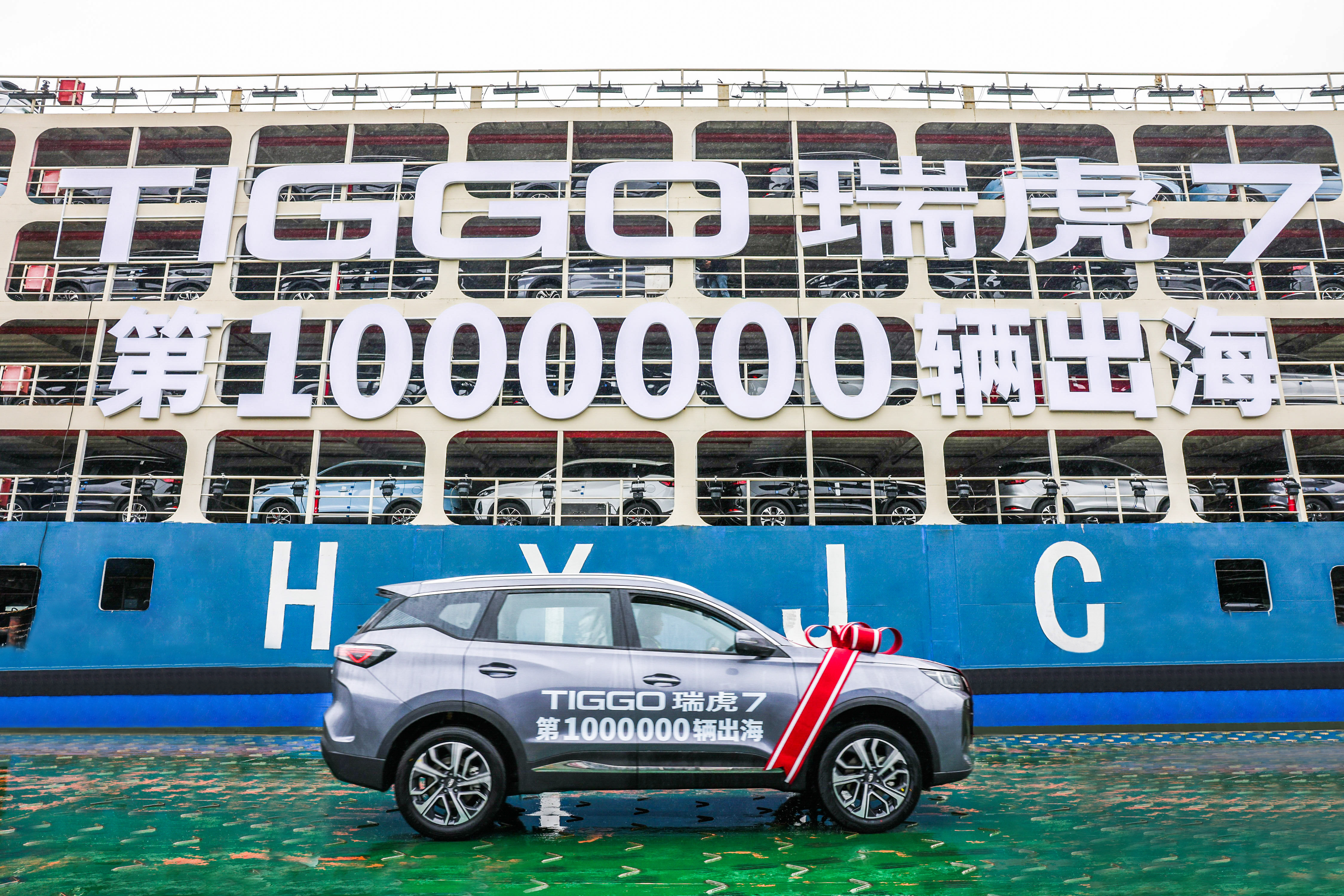
In 2024, Chery exported 1.1446 million vehicles, accounting for 44% of its total sales. This translates to one out of every three Chery vehicles sold being destined for overseas markets.
In the Middle East, Chery has consistently held the title of the top-selling Chinese brand for 5 consecutive years;
In Russia, its market share surpassed Volkswagen and Hyundai, ranking among the top three in the local market;
In Latin America, Chery's Tiggo series models have long topped their respective market segments.
Additionally, Chery has built an assembly plant in Brazil and realized partial localization of components; in Russia, Chery's R&D center optimized engine technology to adapt to the local climate.
However, this deep ‘localization’ strategy demands substantial financial backing. The high costs associated with establishing new overseas plants and upgrading R&D facilities cannot be covered by Chery's internal profits alone, making external fundraising through an IPO a core solution.
For Chery, IPO is not the end, but a new starting point for globalization
The allocation of Chery's net fundraising clearly outlines its future export strategy. About 20% will be used for global expansion, 10% for upgrading production facilities, and another 35% will go towards passenger car R&D, all focusing on overseas markets.
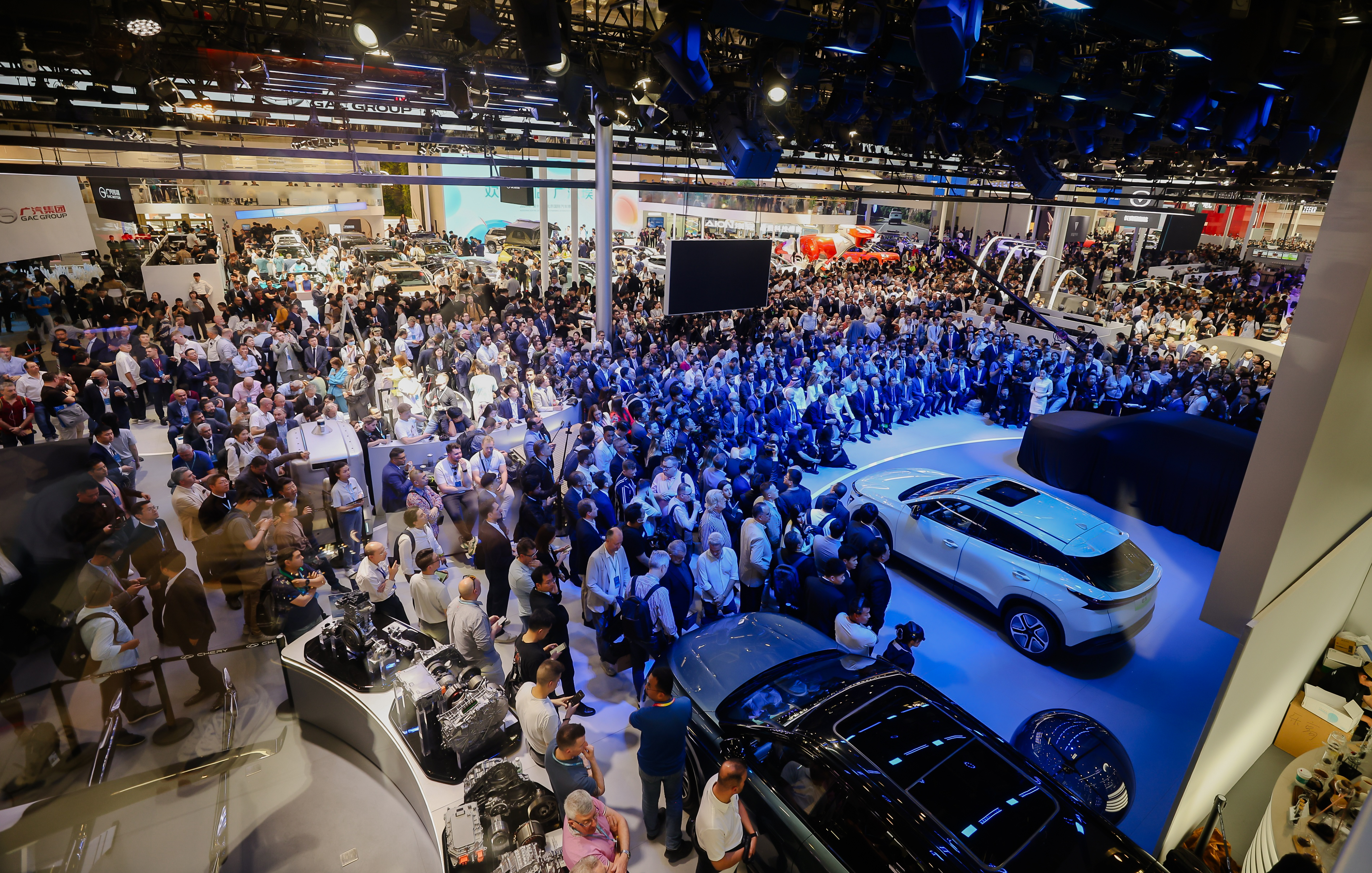
In the short term, the capital raised will be primarily directed toward the construction of Chery's manufacturing facility in Mexico. This plant is strategically positioned to serve the North American market, with a planned annual production capacity of 150,000 SUVs, thereby addressing Chery's current lack of production footprint in developed economies.
The second key allocation of funds will focus on enhancing Chery's global research and development network. This involves establishing specialized centers in Europe and Southeast Asia dedicated to intelligent driving and battery technology. The goal is to tackle region-specific challenges, such as complying with stringent regulations like the EU's carbon emission standards and adapting vehicle systems to perform reliably in Southeast Asia's tropical climate.
Furthermore, the credibility and international recognition that comes with a Hong Kong listing are pivotal for Chery to overcome the trust barrier often faced by overseas brands. This will be achieved through strategies like forming joint ventures with local partners and participating in public welfare projects, such as initiatives to promote electric vehicle awareness in Southeast Asia. These efforts are designed to deepen the company's alignment with the interests of its host countries.
By leveraging the high transparency standards of the Hong Kong stock market, Chery can effectively signal its commitment to long-term cooperation to global investors and consumers alike. This strategic approach is best encapsulated by the statement from Chery's executives: "Our objective extends beyond selling more cars; it is to build a sustainable and deeply rooted local presence in every market we serve."

IPO funding will also alleviate Chery's competition and cost issues overseas
From January to August 2025, the sales proportion of Chery's electric vehicle models was only 28.7%, far below the industry average of 50%. Meanwhile, Chery's first-quarter gross profit margin dropped to 12.4%, affected by competition in overseas markets and the drag of electric vehicle costs.
However, IPO funding can alleviate these issues. In the future, 35% of R&D investment will accelerate the iteration of electric products, 25% of funds for next-generation technologies will be used to reduce battery costs, and 20% of globalization funds will support its price competitiveness in overseas markets.
If any infringement occurs, please contact us for deletion
Trending News

BYD Sealion 7 is not only cheaper than Tesla Model Y, what other differences do they have?
Is it better to buy the BYD Sealion 7 or the Tesla Model Y? This really makes one a bit hesitant, but before you make a decision, I recommend you take a good look at this article.

2026 Toyota Hilux Travo released, the brand-new exterior and interior are highly anticipated
If you're considering buying a Hilux, honestly, the comprehensive innovations in the ninth generation are worth waiting for. While the current model might still have some advantages in terms of reliability and price, the new model offers significant changes in terms of exterior and interior luxury, tech features, and powertrain options.

Jaecoo J7 VS Honda CR-V, which is the most worthwhile C-Segment SUV to buy
With an exterior that closely resembles a Land Rover, Jaecoo J7's sales experienced several months of rapid growth but have recently slowed down. Perhaps the market is nearing saturation, as Jaecoo J7 has already surpassed the once-dominant Honda CR-V in the C-Segment SUV category.

In Malaysia, which sliding door MPVs are available?
The numerous advantages of sliding door MPVs make many people fond of this type of vehicle. However, MPVs are not a mainstream choice in the car market, so many people might not know which MPVs are available domestically.

Which one is better, Honda City or Toyota Vios?
When choosing a compact sedan, Honda City and Toyota Vios are often two options that make people weigh repeatedly. You might be attracted to the dynamic design of the Vios but also be captivated by the City.
Popular Cars
Model Year
Car Compare
Car Photo

